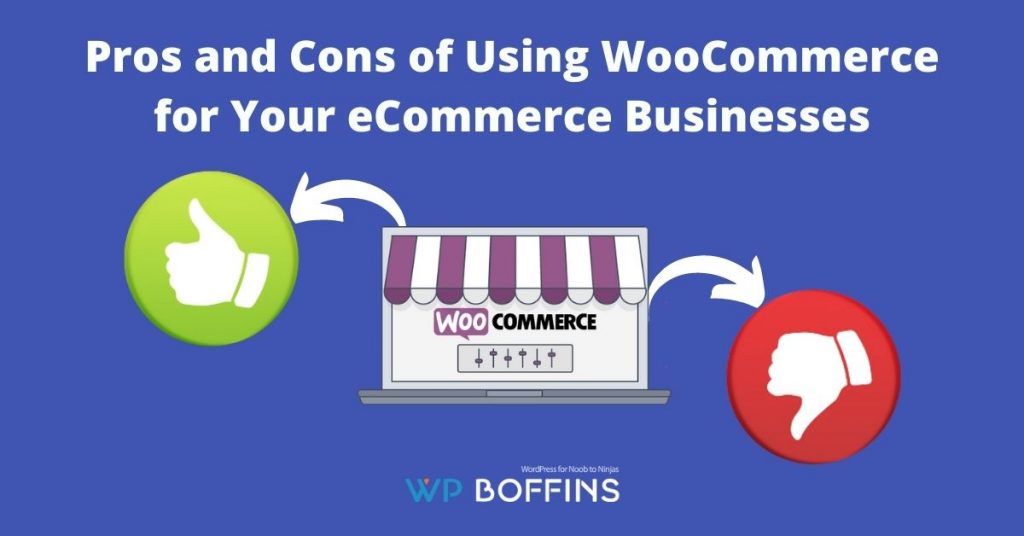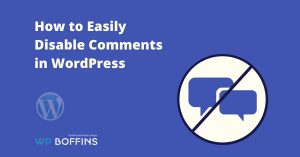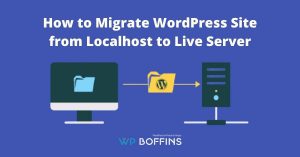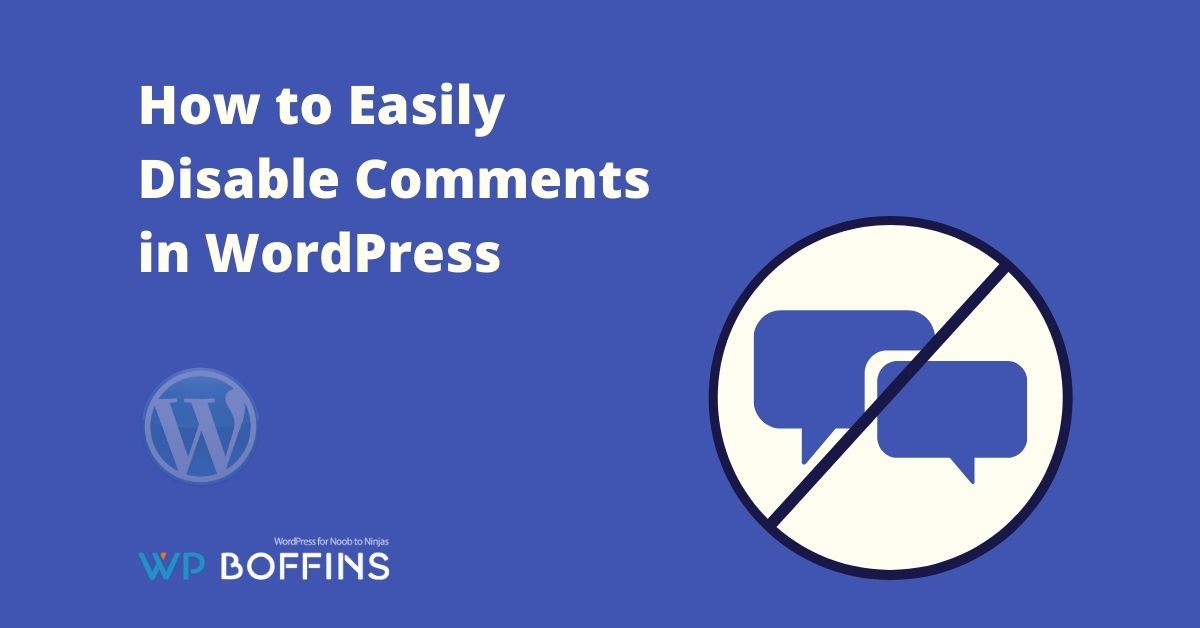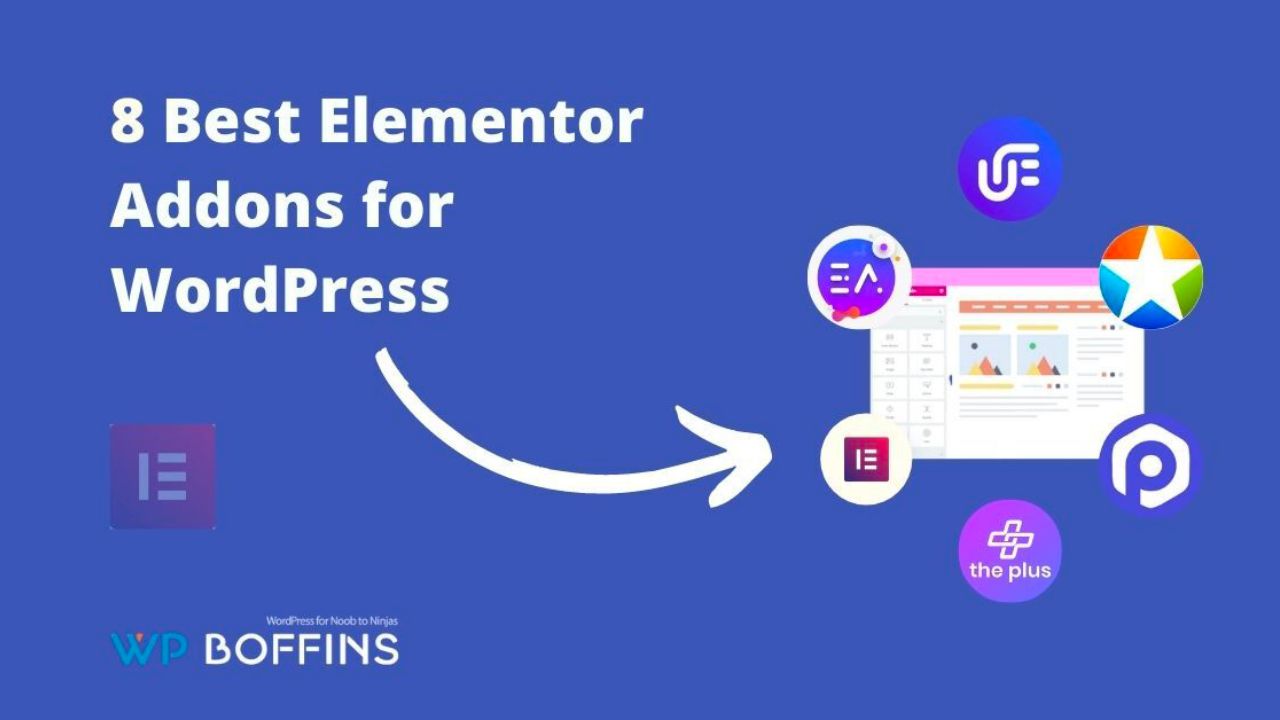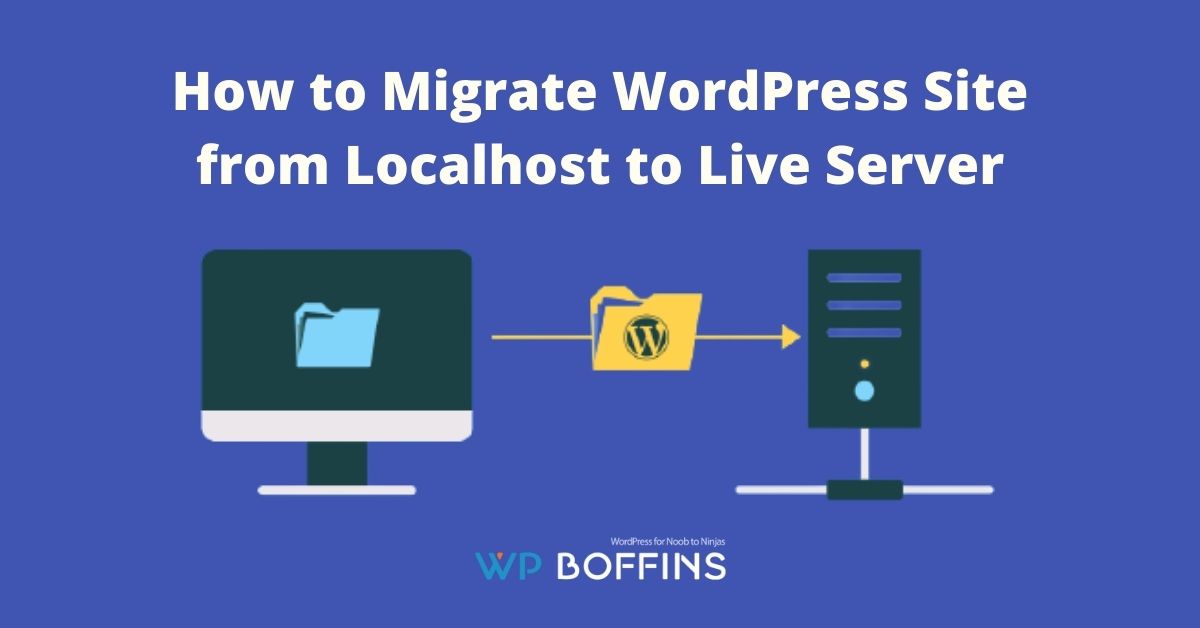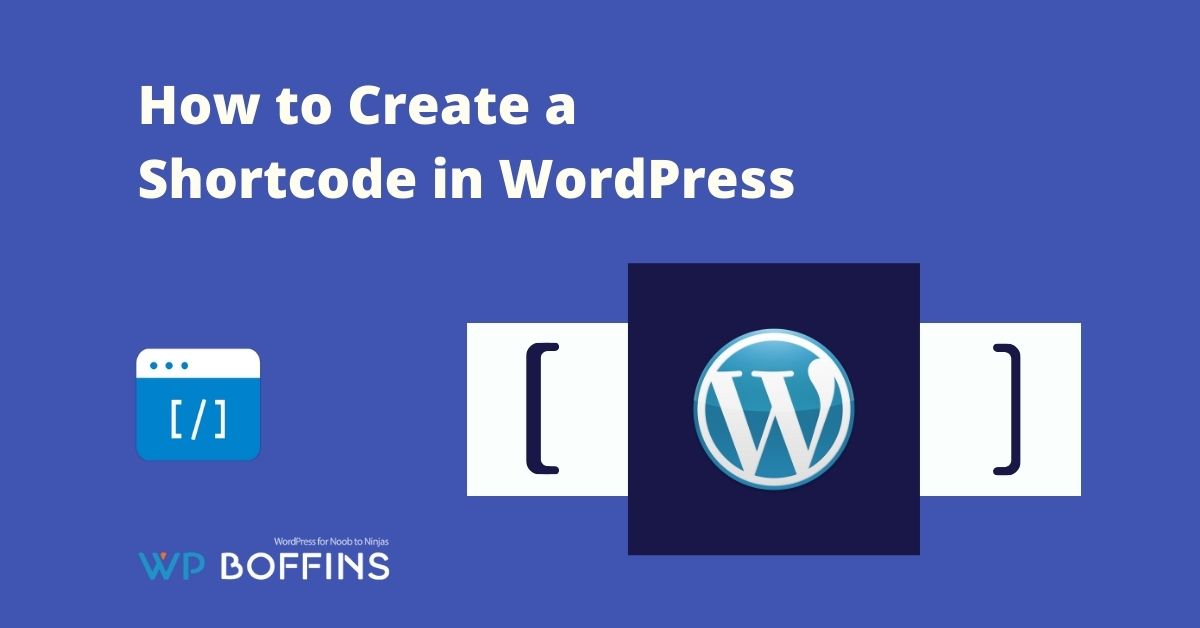Are you about to create an online store considering using WooCommerce? Then you have taken a great decision. But do you know about the WooCommerce pros and cons? If you don’t, then you surely need to read this article.
WooCommerce is a plugin designed for online stores based on WordPress sites. Well, what does that mean?
WordPress is a platform used to create websites or blogs. It is characterized by being a free tool that is very easy to use.
To respond to the demand of online stores, WordPress created this plugin. With the aim that users could easily create their eCommerce websites.
Just have your website with WordPress, install the WooCommerce plugin and you are ready to start eCommerce. Before using, you must aware of the WooCommerce pros and cons.
Table of Contents
- WooCommerce Advantages
- Completely Free and Open Source
- Adaptable to the Image of Your Website
- Flexibility
- It is a Safe Environment for Your Sales
- A Huge Community, with Great Resources and Support
- Scalable Through Extensions and Plugins
- Intended for Non-technical Users
- Possibility of Automation
- Product and Sales Analysis in WooCommerce
- Mini CRM for Your Sales and Your Customers
- WooCommerce Limitations or Disadvantages
- Conclusions
WooCommerce Advantages
WooCommerce has been with us since 2008. It is very nice to see the evolution that the platform gives each year, and what it has become is as satisfying as watching your own child grow year after year.
In case you were wondering, WooCommerce was created by a company called WooThemes, and bought by the company behind WordPress: Automattic, in 2015.
Completely Free and Open Source
When I say that you can create a fully functional WooCommerce online store in less than 2 hours, I am not exaggerating.
WooCommerce is a package of HTML, CSS, PHP, and JS code, organized in folders, which you install on your server, completely free of charge.
As soon as you open that package on your WordPress website, everything automatically works. You will only have to upload a product and connect to a payment gateway.
And not only that; Being Open Source, you can fiddle with its core files as you please, depending on the needs you have for your online store.
Adaptable to the Image of Your Website
If in the previous advantage, we were focused on the part of the technical changes that you could make on your own in the WooCommerce base files, the advantage here lies in the aesthetic part, also 100% customizable on your website.
Now another advantage of WooCommerce is given in a way that is very focused on the non-technical user. Since depending on the template or page builder you use, you will be able to do real tricks with WooCommerce, from the personalization panel of your website.
I mean to modify the Checkout pages in WooCommerce, the Cart, the individual product, and in general all the new pages that are added to your website, after installing WooCommerce on it.
And if you have a slightly more advanced level on a technical level, you can always use CSS and HTML to go one step further with the level of customization of your online store.
Flexibility
There are several types of the online store:
- Traditional online stores, with tangible products in stock that are sent to the end-user after making a payment.
- Online stores with digital, intangible products, which are downloaded by the end-user, after making a payment.
- Online stores in catalog mode, which do not allow order, but which show existing products, with a reference number per product.
- Marketplaces where anyone can register on the web, and sell their products within a “general online store” already created initially.
- Subscription services that allow access to a product or service online, through periodic payments by the user.
- Multi-level membership services, where to access certain sections of the web, you have to buy one membership or another, each with its own privileges within the web.
- An online store based on the dropshipping business model, which you have to connect with a certain supplier.
As you can see, WooCommerce not only allows you to create a typical online store, which we all know but also fully adapts to the business model and type of products you want to sell on your website.
It is a Safe Environment for Your Sales
The company behind WooCommerce takes the privacy and security of everyone very seriously who uses their plugin.
However, and we will see it in the next section, there are very necessary elements that WooCommerce does not include in its initial package.
A Huge Community, with Great Resources and Support
I wish all the neighboring communities were as fantastic as the community behind WooCommerce.
Being such a widely used and well-known plugin, every time you have a problem or a specific question related to WooCommerce, just do a simple search on Google, to immediately find an answer already given to other users, but that also helps you as a solution.
Sometimes I have even copied the error that WooCommerce gave me on a page, directly in Google, and I got that same error, with a solution included.
And not only will you be able to find answers or solutions to the possible problems you have, but you will also be able to find many tutorials, guides, documentation, and many elements related to the world of WooCommerce.
Scalable Through Extensions and Plugins
Here we go back a bit to what we mentioned in the part of security in WooCommerce.
By itself, just installed and activated on your website, WooCommerce offers a lot, in many areas at a technical and usability level.
However, this is still considered an advantage of WooCommerce, you can still achieve much more with third-party extensions and plugins, which integrate seamlessly with WooCommerce.
For example, if you use PayPal or Stripe in your payment gateway, you must download the specific extension of the specific platform you use, in order to “connect” both accounts in your online store.
Intended for Non-technical Users
The basic configuration of WooCommerce is that almost anyone can create a web for you. Since you need to connect several services and publish your store content in the public part of your website as you wish.
However, the fact of using WooCommerce itself, either as an administrator of the online store or as a customer, is very simple and intuitive.
It is not going to be necessary, in the vast majority of cases, that you have to read the WooCommerce documentation when uploading a product or making a payment in the online store since it is very intuitive and easy to use.
That is why when I start a website with an online store for a client, the idea that once it is made and configured, he or she is going to be able to connect and manage their products and orders in a simple way always reassures them, and without a lot of headaches like other platforms out there.
Possibility of Automation
When you have an online store, there are different aspects that can be automated. You can automate simple actions, to more complex actions.
If you use online marketing funnels to have everything under control from the moment a potential customer is captured until a discount is sent after the first purchase, WooCommerce is not going to leave you behind.
Product and Sales Analysis in WooCommerce
WooCommerce has recently integrated into one of its updates a powerful new control panel, which allows you at a glance, to see all the activity of your online store.
Obviously, at first, it will not seem so powerful, since you will not have sales, but the moment your online store is at full capacity, you will notice the difference.
Also, it goes without saying that WooCommerce integrates seamlessly with Google Analytics, although this is thanks to more WordPress than WooCommerce itself.
Mini CRM for Your Sales and Your Customers
If you have a relatively small online store, and you provide customer support in a much more personalized way, you may be interested to know that WooCommerce offers a lot of flexibility when it comes to “managing internal notes ” from customers, answering their questions or opinions in product reviews, make full or partial refunds, activate or deactivate intangible product licenses, etc.
It is a mini CRM integrated into WooCommerce, in the administration panel itself and of the individual orders, that not many people know, and that has always been there available to everyone.
And in order not to make the article excessively long, the ones presented above are the advantages that I consider the most important to use WooCommerce.
There are many more, but we would already go into very specific cases depending on the type of product you sell and the functions you want your website to have.
We are now going to see a couple of disadvantages, which although they are not negative in my view, they must be taken into account so as not to get surprises when paying for a service where WooCommerce is present.
You may also read: Bugs in WordPress, Security in Your Hosting
WooCommerce Limitations or Disadvantages
Although now I feel as if I am speaking badly of my own son, with my heart in my fist. I have to admit that WooCommerce has a negative side, in terms of two of the most important aspects for an online entrepreneur: the money, and the performance of the online store.
The More Plugins the Worse
The first is the one that hurts the least, as it can always be remedied elsewhere.
If when you consider creating an online store, you have quite specific requirements, you will have to make use of specific plugins and extensions, to meet your objectives.
And this, at the WordPress level, directly interferes with one of the good practices of this platform, which is to use the fewest possible plugins, so that it does not affect the performance of your website (for example, loading speed).
The good news is that today, it is possible to reduce the loading speed and increase the performance of your online store, even if you use many plugins. Ironically this is usually done with a plugin.
Another good news to face the bad taste in your mouth of this disadvantage of WooCommerce is that you can find quality servers, with technical configurations oriented to WordPress, to optimize the installation you have of WooCommerce in your space contracted with them.
Good Plugins are Paid
When you heard at the beginning of these lines that WooCommerce is free, you already got a poker face and you rubbed your hands thinking about all the money you were going to save by not having to create an online store from scratch.
There is a great lucrative business around something free like WooCommerce. I do have to warn you that the vast majority of quality plugins, focused on solving something or adding extra functionality in WooCommerce, are paid.
The good news here is that they are not too expensive. They have great customer support behind them, as well as good code quality in their files.
And, personally, I prefer to pay for a premium plugin that gives me a specific solution, with a quality code and with premium support, to a free plugin, which saves me a few euros, and that will make my website go slower and worse.
Conclusions
As we’ve just seen, sometimes it’s not all fantasy and glitter when it comes to WordPress and WooCommerce in particular.
As for the advantages, there is not much more to say, WooCommerce is a plugin that covers the needs of the vast majority of online stores on the Internet.
In addition, you will be able to find information on all the existing WooCommerce themes and many WooCommerce courses to expand your knowledge.
I hope you liked these lines, and that your relationship with WordPress and WooCommerce goes deeper after reading it. If you have any queries about the WooCommerce pros and cons then inform us by giving your comment.

